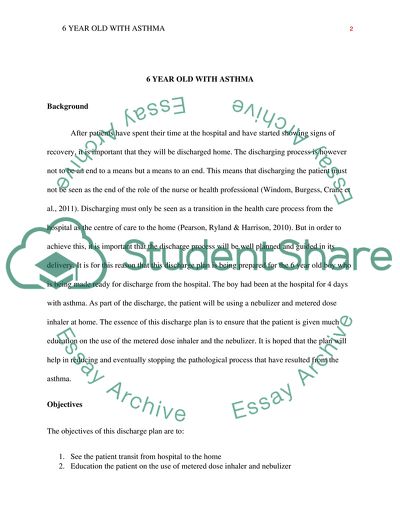Cite this document
(6 year old with asthma Essay Example | Topics and Well Written Essays - 1000 words, n.d.)
6 year old with asthma Essay Example | Topics and Well Written Essays - 1000 words. https://studentshare.org/nursing/1831362-ideal-discharge-planning-strategy
6 year old with asthma Essay Example | Topics and Well Written Essays - 1000 words. https://studentshare.org/nursing/1831362-ideal-discharge-planning-strategy
(6 Year Old With Asthma Essay Example | Topics and Well Written Essays - 1000 Words)
6 Year Old With Asthma Essay Example | Topics and Well Written Essays - 1000 Words. https://studentshare.org/nursing/1831362-ideal-discharge-planning-strategy.
6 Year Old With Asthma Essay Example | Topics and Well Written Essays - 1000 Words. https://studentshare.org/nursing/1831362-ideal-discharge-planning-strategy.
“6 Year Old With Asthma Essay Example | Topics and Well Written Essays - 1000 Words”. https://studentshare.org/nursing/1831362-ideal-discharge-planning-strategy.


